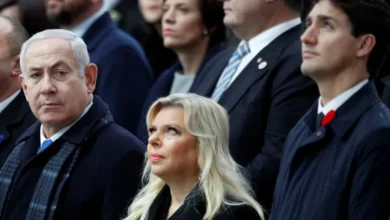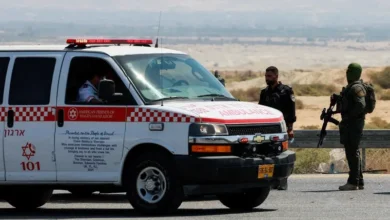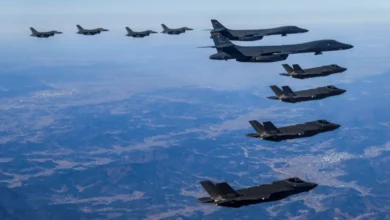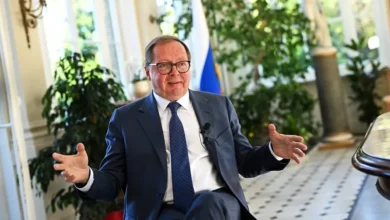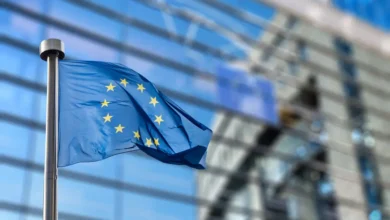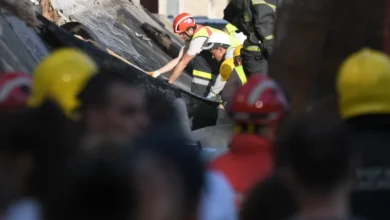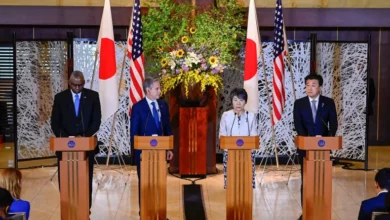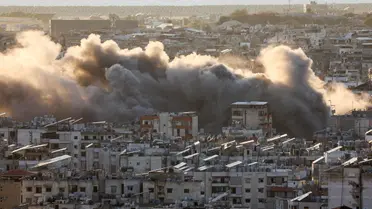World on the cusp of a new nuclear arms race, says SIPRI
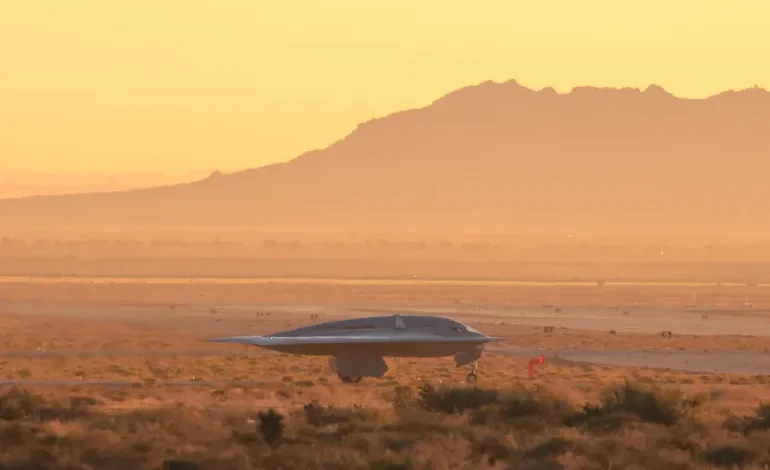
The world is becoming more unstable, and the likelihood that nuclear weapons may one day be used is increasing, despite the wishes of humanity.
That is the broad conclusion of the Stockholm International Peace Research Institute’s (SIPRI) Yearbook, published on Monday.It is a compilation of SIPRI’s recent research into conflicts, arms transfers and military expenditure, but it places particular emphasis on what SIPRI sees as a dawning new arms race among the nine nuclear-armed states – the United States, Russia, the United Kingdom, France, China, India, Pakistan, North Korea and Israel.
Although the number of nuclear warheads in the world is declining as the US and Russia gradually dismantle 1,000 retired warheads, new warheads are entering stockpiles and will eventually outpace these in the absence of any treaties reducing or limiting stockpiles, said SIPRI.
Improvements in potency, delivery and accuracy are also bringing about a new nuclear era, it said.
“We are at a step change, which has been going on since just before the pandemic,” SIPRI director Dan Smith told Al Jazeera.
“It’s not just little bits and pieces here and there. It’s everybody moving in that direction of upgrading, including the new nuclear weapon state of North Korea and the relatively new ones of Pakistan and India, who went nuclear in the 90s.”
How are nuclear powers upgrading?
China is building 350 new launch silos in its northern deserts and mountains. It has assembled 100 new warheads in the past year to reach 600 and is likely to continue expanding at that pace. Although China has a no-first-use policy, it may be developing a launch-on-warning capability – a sort of reflexive counterstrike.China and India may both now be deploying warheads on missiles during peacetime, changing a longstanding policy of keeping warheads and missiles unmated.
India may be developing longer-range missiles as it broadens its traditional focus on Pakistan to include China.North Korea is estimated to have refined enough fissile material to build 40 bombs in addition to the 50 it possesses, and has said it is about to launch tactical nuclear weapons.
Pakistan, too, is stockpiling fissile material and its “nuclear weapon arsenal … [is] likely to continue to expand over the next decade”, wrote SIPRI.
The UK is raising its stockpile from 225 warheads to 260 and building a new Dreadnought class of nuclear-capable submarines. France, too, is building a third-generation submarine and designing an air-launched cruise missile, both nuclear-capable.
Israel is thought to be able to launch nuclear missiles from torpedo tubes in its existing submarines, but its latest, the Drakon, is believed to have a vertical launch system as well.
All these nations, however, represent just 10 percent of the nuclear arsenal.
The remaining 90 percent belongs to Russia and the US, with more than 1,700 deployed warheads each, and 4,521 in storage between them.
In addition to being in the process of upgrading its nuclear-capable missiles, submarines and bombers, the US last year took delivery of 200 “modernised” nuclear warheads, the most in one year since the end of the Cold War.
Russia, too, is modernising its air- and sea-based delivery systems, and may have placed nuclear weapons on the territory of Belarus. Last year, it expanded its nuclear doctrine.
Previously, the use of nuclear weapons was authorised when the very existence of the state was in jeopardy. Now it is authorised when there is a “critical threat” against Russia’s sovereignty or territorial integrity, or if there is a “massive launch of air and space attack means” crossing the state border. Those means include unmanned aerial vehicles, which Ukraine often launches in dozens into Russia at a time.
Russia’s new doctrine “could be interpreted to mean that Russia has lowered the threshold for the use of its nuclear weapons”, wrote SIPRI. “The mixed performance of Russia’s conventional weapons in its war against Ukraine could reaffirm, and potentially even deepen, Russia’s reliance on nuclear weapons in its national security strategy.”
Bigger bombs in a more unstable world
These changes are happening against a backdrop of intensifying conventional armed conflict in the world.
